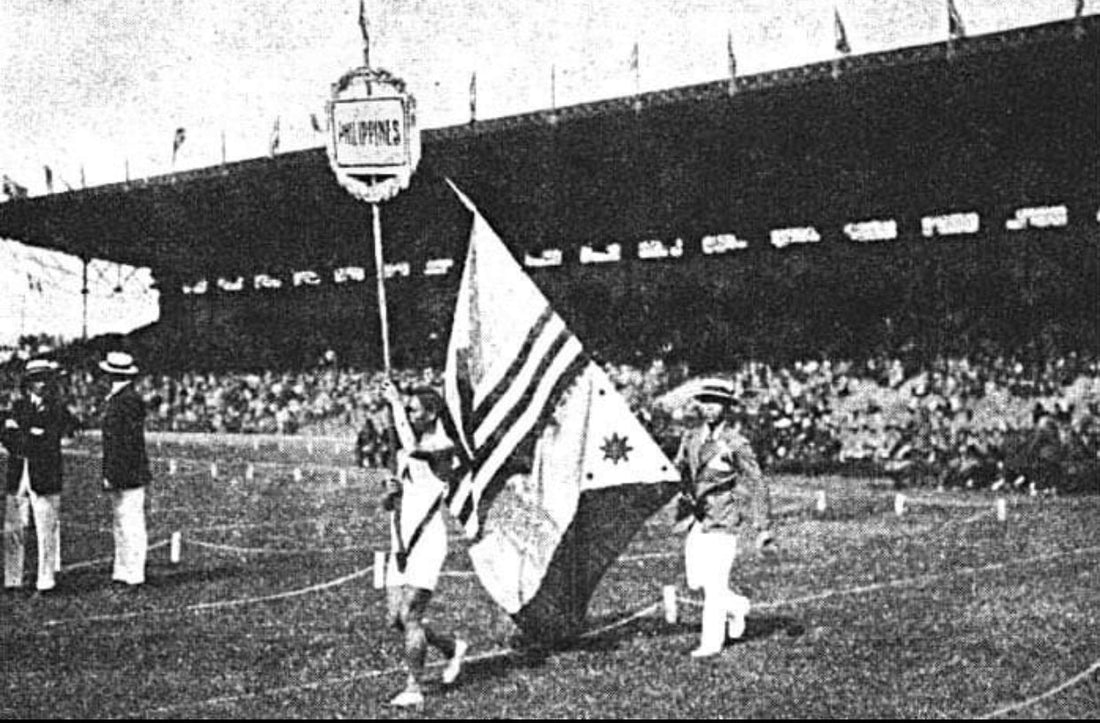They walked, so Filipino athletes could run
If you ask someone where they were when they heard about Hidilyn Diaz’s historic gold medal in the 2020 Tokyo Olympics or Carlos Yulo’s golden performance in Paris 2024, chances are they’ll remember exactly where they were or what they were doing. Moments like these become national milestones—rare feats when Filipino athletes claim the highest honor on the world’s biggest sporting stage.
These athletes, whether or not they returned with medals, have brought prestige and pride to their nation with their triumphs on the world stage. But more than a century ago, long before the Philippines had ever seen an Olympic medal, the country’s inaugural delegation laid the foundation for its enduring presence in the Olympic games.
Laying the groundwork
It was the summer of 1924 in Paris when David Nepomuceno, a 25-year-old sprinter from Albay, became the very first Filipino to compete in the Olympic Games. By his side was Dr. Regino Ylanan, a physician, educator, and sportsman who served as his coach and team manager. Their participation marked the Philippines’ Olympic debut—an event that remains largely unknown outside sports history circles, yet one that laid the groundwork for everything that came after.

Nepomuceno poses with Loren Murchison
As air travel was far from the norm at the time, traveling from Manila to Paris was no small feat. Nepomuceno and Ylanan boarded a ship that would take nearly two months to reach France. Nepomuceno would train when he could, during stopovers in Singapore and Arabia, where he noted that his “sea legs” made it difficult to sprint.
As air travel was far from the norm at the time, traveling from Manila to Paris was no small feat. Nepomuceno and Ylanan boarded a ship that would take nearly two months to reach France.
When they finally arrived, they entered a city buzzing with Olympic fever. The 1924 Games—immortalized in the film “Chariots of Fire”—drew athletes from around the world and were attended by almost 50,000 spectators each day at the Yves-du-Manoir Stadium in Colombes.
And for a country that had only recently begun to organize its own sporting institutions, the Philippines’ presence in such a grand arena was nothing short of monumental.

